Biosafety pig farming household model in Co Do district, Can Tho city.
Livestock and poultry care
According to the Department of Agriculture and Environment (DARD) of Can Tho City, since the beginning of the year, livestock and poultry farmers in suburban districts have focused on restocking, investing in breeding animals, and raising pigs, chickens, and ducks. Mr. Tran Thanh Tam, in Thanh An commune, Vinh Thanh district, said: “In the first months of 2025, the price of live pigs has increased compared to previous years. Farmers have made a profit and are eligible to restock. However, the weather is currently in the rainy season, raising pigs, chickens, and ducks is very difficult, because they are susceptible to disease, so care must be taken, and raising costs also increase. Therefore, we have to regularly clean barns and vaccinate to prevent diseases from appearing in livestock during the rainy season…”.
Currently, livestock farming activities in the city have many clear changes in production organization, farm farming, focusing on closed chains, bio-safety, disease safety and livestock development according to VietGAHP process. At the end of April 2025, the city had a total herd of 128,171 pigs (exceeding the set plan); a herd of 254 buffaloes; a herd of 3,688 cows, exceeding the annual plan by 15.3%; a herd of more than 2.207 million poultry, exceeding the plan by 0.3%, an increase of 8.5% over the same period in 2024; there were 303 birdhouses, with a total of 324 birdhouses and a total herd of over 198,000 birds. In April, the output of fresh meat of all kinds supplied to the market was 2,838 tons (1,926 tons of livestock meat, 912 tons of poultry), providing more than 8.1 million poultry eggs. In the first 4 months of 2025, the output of fresh meat of all kinds supplied to the market was 11,595 tons, reaching 37.4% of the plan; providing 32,088,700 poultry eggs, reaching 33.08% of the plan, up 0.28% over the same period in 2024... Since the beginning of the year, the Animal Husbandry and Veterinary Department of Can Tho City has also strengthened the inspection and close monitoring of animal disease situations in the area, in order to detect outbreaks early to organize quick and timely handling, avoiding widespread spread. Thereby, epidemics in livestock and poultry have been prevented and not appeared.
According to Mr. Nguyen Tan Nhon, Deputy Director of the Department of Agriculture and Environment of Can Tho City, the city's livestock output currently supplies 50-70% of market demand, but the city's agricultural sector does not allow shortages or product backlogs to occur. The city has imported livestock products from other provinces and cities to provide enough livestock and poultry meat products for consumers. Currently, the city has hundreds of livestock farms, livestock and poultry production linkage models in chains, livestock models certified by VietGAHP... which have contributed to providing safe and hygienic food products for consumers.
Enhanced protection
According to the Department of Agriculture and Environment of Can Tho City, since the beginning of the year, there have been no epidemics in livestock and poultry in the city. This is thanks to the good prevention of diseases such as blue ear disease in pigs, African swine fever, lumpy skin disease in buffaloes and cows, foot-and-mouth disease in livestock and avian influenza... at the grassroots level. Typically, in Thot Not district, the district's Animal Husbandry and Veterinary Department focused on implementing Plan No. 85/KH-UBND dated February 26, 2025 of the District People's Committee on implementing the Plan to implement "Environmental sanitation, disinfection, and sterilization month, phase 1, 2025 in Thot Not district". Thereby, over 125,000 m2/1,500 livestock and poultry households were cleaned, disinfected, and sterilized ; vaccinated livestock against livestock diseases, foot-and-mouth disease, cholera, paratyphoid, and septicemia in pigs; Regularly vaccinate against avian influenza in concentrated livestock households and free-range ducks; strengthen inspection and closely monitor epidemics to take timely measures when outbreaks are detected in livestock and poultry herds... Animal quarantine, incubators, slaughter control and veterinary hygiene inspection are also focused on. Thereby, the Animal Husbandry and Veterinary Department of Thot Not district has organized slaughter control at the concentrated livestock slaughterhouse for 5,200 pigs and 22,000 poultry, and destroyed 55kg of meat and viscera that do not meet veterinary hygiene standards; at the same time, strengthen the quarantine of exported and imported products in the area...
In the coming time, the city's Animal Husbandry and Veterinary Department will continue to support the development of high-quality pigs, chickens, ducks and beef cattle in the direction of increasing herd size and improving and enhancing the quality of breeding herds; gradually shifting livestock farming in densely populated areas to suburban and rural areas; quickly shifting traditional small-scale household livestock farming methods to industrial and semi-industrial farm and ranch farming, producing high-quality, safe goods and promoting biosafety, disease-free livestock farming, organic livestock farming, environmental protection and adaptation to climate change, minimizing livestock farming costs... The industry will also strengthen the formation of advanced livestock farming models, linking production according to the value chain to increase the production value of the livestock industry in order to promote economic restructuring of the livestock industry in particular and the structure of the agricultural sector in general...
The Department of Agriculture and Environment of Can Tho City recommends: Currently, the weather is in the rainy season, there is a possibility of disease outbreaks, greatly affecting livestock, so livestock farmers need to focus on disease prevention. Because when the weather is rainy, it not only causes a shortage of food sources but also easily causes disease outbreaks in livestock and poultry; on the other hand, when heavy rain lasts for a long time, it can cause widespread local flooding, creating opportunities for disease to spread. Livestock farmers need to regularly update daily weather forecasts and increase care for livestock and poultry during the rainy season to increase their ability to withstand adverse weather impacts and the threat of disease for livestock. In particular, ensure sturdy barns; ensure appropriate stocking density for the quantity, characteristics, and age of livestock; check the wastewater drainage system, waste storage areas to limit pollution; reserve sufficient feed sources for livestock and poultry in quantity and quality; pay attention to ensuring adequate clean water supply for livestock to drink; stock up on some necessary veterinary supplies, vitamins, tonics, digestive enzymes, etc. for livestock during adverse weather; increase sanitation of barns and prevent diseases for livestock; proactively prevent diseases by fully vaccinating livestock during the rainy season; proactively plan lighting and keeping livestock warm; repair and brace barns and roofs to limit roof loss when there is a problem.
storm…
Article and photos: HA VAN
Source: https://baocantho.com.vn/phong-chong-dich-bao-ve-an-toan-cho-dan-vat-nuoi-a186390.html


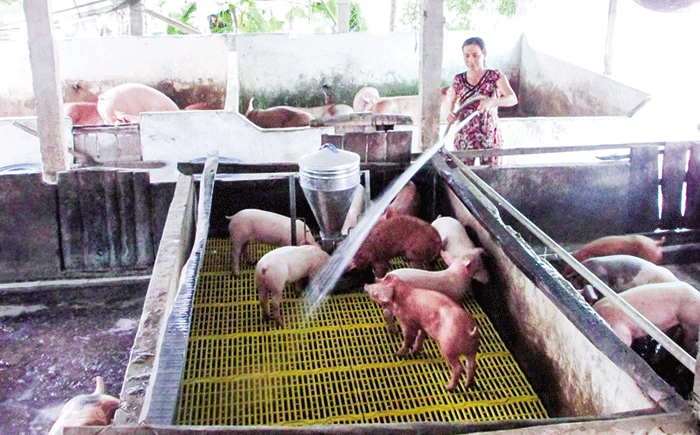


![[Photo] Prime Minister Pham Minh Chinh chairs conference on anti-smuggling, trade fraud, and counterfeit goods](https://vphoto.vietnam.vn/thumb/1200x675/vietnam/resource/IMAGE/2025/5/14/6cd67667e99e4248b7d4f587fd21e37c)



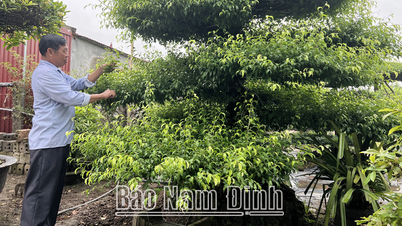




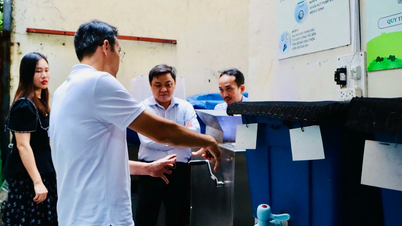
























































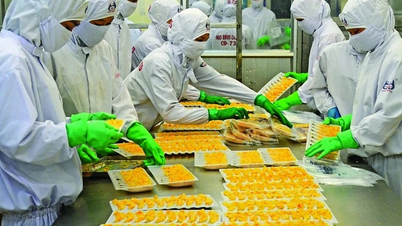




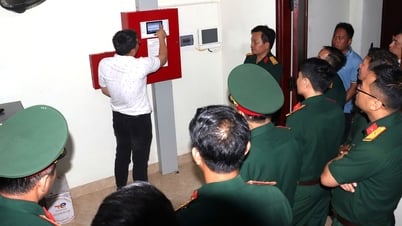
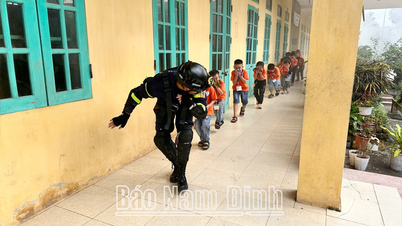



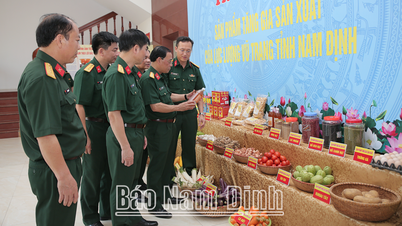
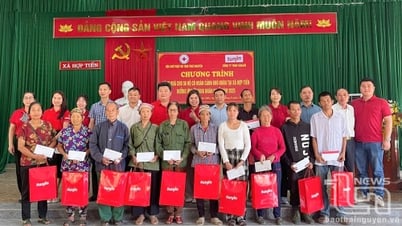










Comment (0)